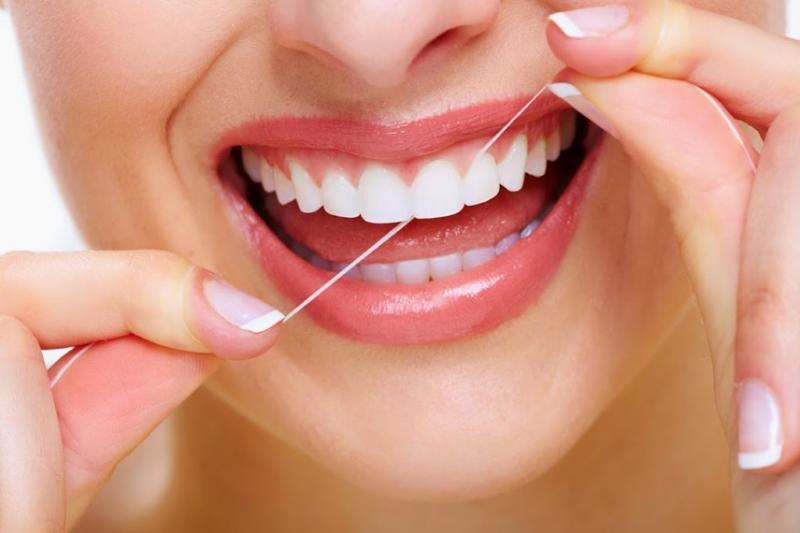Proper Flossing For Perfect Teeth

Anyone who wants to maintain good dental hygiene has to ensure there are no hidden particles between their teeth. Effective flossing helps you achieve this by removing deposited residue in those hard-to-reach areas.
Below is a step-wise guide to flossing effectively.
What is flossing?
Food particles and dental plaque get trapped between areas of your teeth your toothbrush is unable to reach.
Flossing is the activity of using a cord of thin filaments (known as dental floss or floss) to remove the debris.
The accumulation of plaque between these areas is the leading cause of dental caries, gingivitis and other dental disorders.
According to the American Dental Association, as much as 80 percent of dental plaque can be removed just by flossing. However, it should be stated that there are other reviewers who opine that flossing has no distinct advantage over tooth brushing alone.
Seven steps to proper dental flossing
Step one: Choose the right floss
Choose floss that is most suited to your needs. Your dentist or retailer will show you a range of options. People with tightly-packed teeth, for example, will encounter floss breakage or snagging.
Others whose lack of dexterity prevents them from flossing with both hands will do well to go for products that allow adequate flossing with one hand.
The bottom line is that there is a product for everyone and you should speak to your dentist or a dental cleaning service for recommendations. Available products today usually include dental floss, a water flosser and a wooden plaque remover.
The American Dental Association evaluates oral hygiene products for effectiveness and safety so you should look for the ADA seal of approval on any product you decide to purchase.
Step two: Break off a long strand of floss
A long strand of floss enables better grip. You also want to use a fresh piece of floss when you switch teeth.
An ideal strand length should be around 46 to 61 cm (18 to 24 inches). There is no need to worry if you inadvertently break off a short piece. Just break off another whenever you need it.
Step three: Wrap the strand around your fingers
Most of the strand length should go around your middle finger.
The remaining part of the strand should go around the middle finger of your opposite hand. The used floss and dirt will be rolled on to this finger.
Step four: Start rubbing the floss between your teeth
Abeles advises that you gently push your floss gently between two teeth and use a gentle sawing motion back and forth until the floss pops down through the contact point, which is the one specific point where the teeth touch together.”
Step five: Choose a correct floss angle
As you slide the floss up and down the surface of the tooth, angle the floss so it makes a “C” shape as it touches the tooth.
Ensure that the floss goes slightly below the gum line as you do this. Once this is done, repeat this procedure in the opposite direction.
Step six: Roll the floss along
Using your thumb as a guide, unroll an unused portion of the floss by moving the used portion from the finger of one hand to the other as you move from tooth to tooth.
Step seven: Discard the used floss
Throw away used floss as soon as you are finished. There is no point keeping them as they won’t be as effective and could expose you to bacteria if used again.
Flossing and gum bleeding
If you have not flossed in a while, it is not uncommon to experience some light gum bleeding when you do.
This is absolutely normal according to Doctor Manz.
You should immediately book an appointment with your dentist if you discover the bleeding to be quite significant. Heavy gum bleeding could be the consequence of a more severe condition.
How often should you floss?
Ideally, flossing should be done after every meal. Doctor Srivastava recommends post-meal flossing for “an absolutely immaculate mouth.”
Since this is impractical for the majority of us, the doctor recommends that flossing be carried out at least once a day.
It is recommended that you floss before going to bed at night rather than in the morning if you want to floss once daily.
More to Read:
Previous Posts:





